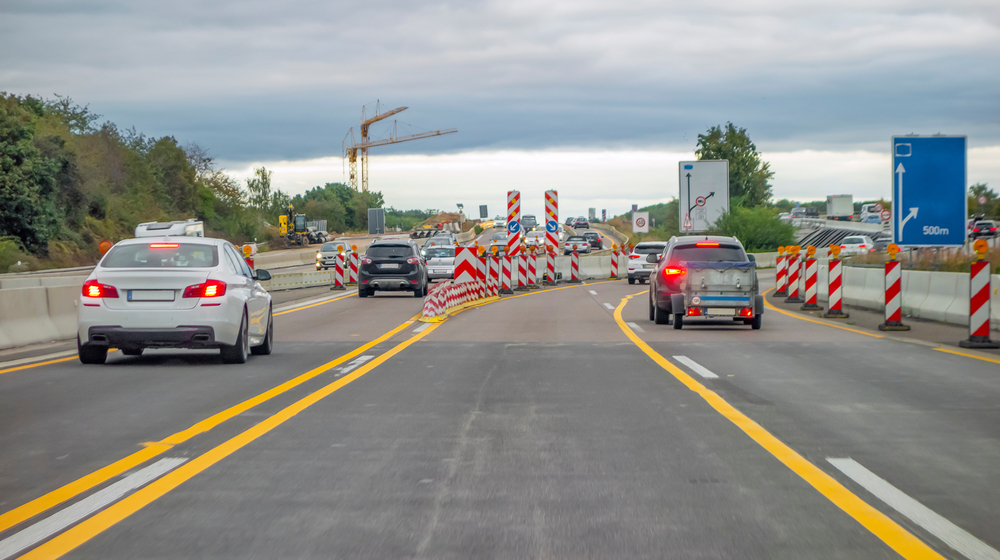Today, the German Autobahn represents a contrast that could hardly be greater. In Berlin, almost three-quarters of a billion euros were invested in just a few kilometers of the A100 (fr: 29.08.25), while in Brandenburg the A14 is stalling despite years of planning (nordkurier: 29.08.25). On the one hand, a massive highway expansion is causing billions in costs to explode, while on the other, a funding gap is crippling the Prignitz region. This tension reveals the weaknesses of German transport policy and simultaneously threatens the region’s economic position.
A14: Highway Gap Poses a Risk for the Region
The A14 is intended to connect north and south in eastern Germany. But a gap of approximately €670 million threatens to stall construction. The project company has already suspended tenders, and as long as the federal budget is not finalized, the project remains in limbo. Officials promise continuity, but clarity is lacking.

This is a catastrophe for the Prignitz region as a business location. Regional entrepreneurs speak of “political nonsense” and point out that companies would have only invested with the promise of a motorway. Without the closure of the gap, the region is losing trust and development opportunities. The standstill demonstrates the incompleteness of transport policy.
Standstill affects business and tourism
Representatives of business centers are also sounding the alarm. A lack of planning security reduces the attractiveness for skilled workers, and new settlements are not forthcoming. Tourism, restaurants, and hotels are also suffering from the weak connections.
The Chamber of Industry and Commerce is therefore demanding clear commitments. It emphasizes that the A14 is the foundation for investment, reliability, and growth. Without this project, Prignitz risks losing its role as a business location. At the same time, construction prices are rising, which will increase the billions in costs in the long term and further complicate the urgently needed motorway expansion.
A100: Motorway with Extreme Costs
The capital presents a completely different picture. There, a section of the A100, just 3.2 kilometers long, cost an incredible €721 million. That equates to approximately €225 million per kilometer—a record in Germany. The opening immediately led to long traffic jams because drivers were eager to test the new section.
The criticism was harsh. Politicians from various parties condemned the project, and experts pointed to bottlenecks. An old bridge over the Spree will limit capacity to just one lane until at least 2028. This motorway expansion, just shortly after its opening, has already become a symbol of inefficient transport policy.
Prestige instead of utility
Berlin’s government is selling the A100 as a relief. But reality and promises are far apart. Instead of flowing traffic, there were immediate traffic jams, and instead of sensible investments, costs exploded into billions.
The A14 and A100 thus demonstrate two extremes of German highway planning: expensive prestige projects in the capital and paralyzing standstill in rural areas. In the end, the country loses credibility and substance. The imbalance in highway expansion also weakens competitiveness, which has a lasting impact on Germany as a business location.
